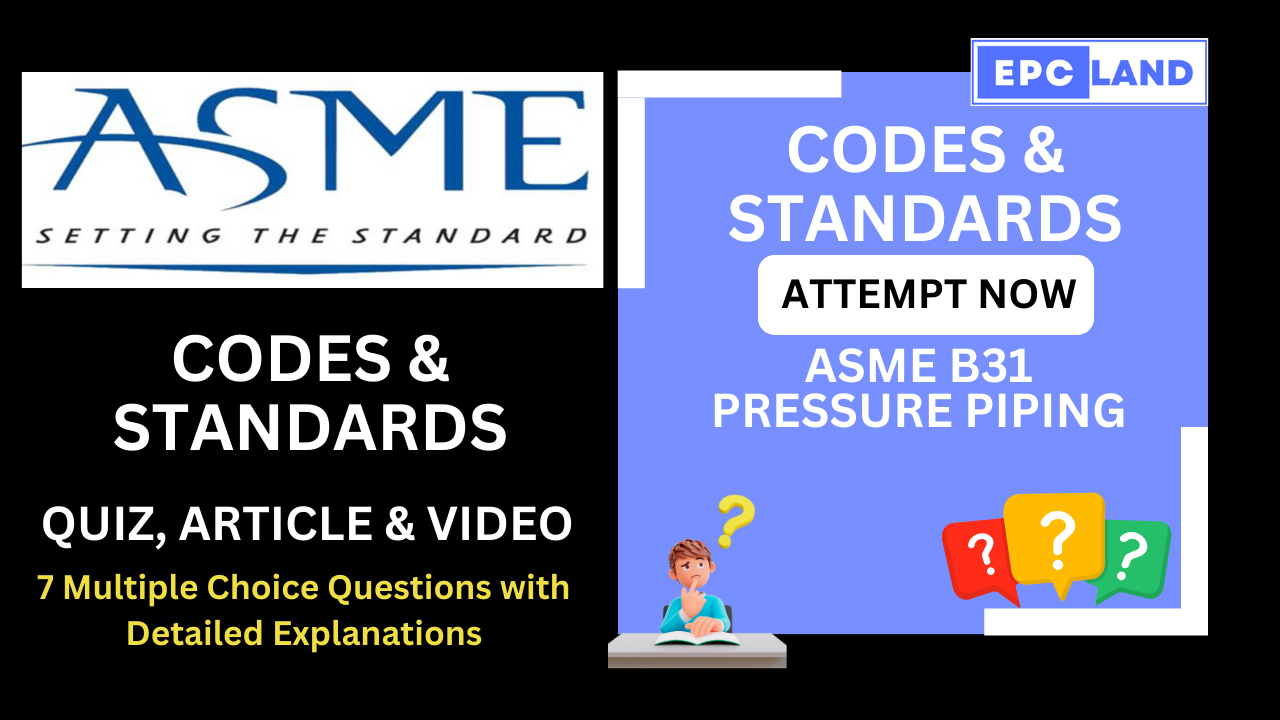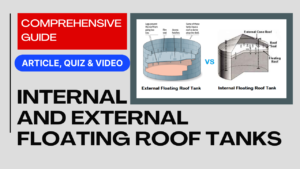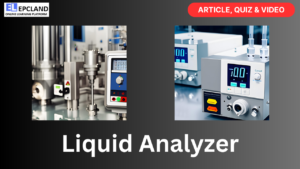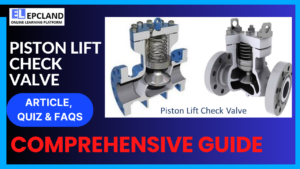
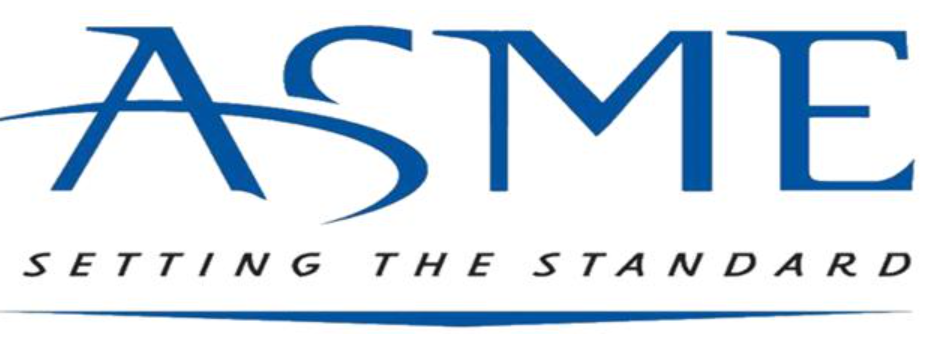
1. ASME B31 Committee History
When was the ASME B31 committee established, and what was the year of the first code publication?
Explanation: The ASME B31 committee was established in 1926, with the first code published in 1935, making option C the correct answer.
2. ASME B31 Sections
How is ASME B31 divided, and what does each section cover?
Explanation: ASME B31 is divided into separate sections covering different types of piping systems, including power piping, process piping, gas transmission, refrigeration, and building services. Each section has specific requirements for materials, design, fabrication, inspection, and testing. Therefore, option C is correct.
3. Purpose of ASME B31
What is the primary purpose of the ASME B31 code?
Explanation: The primary purpose of the ASME B31 code is to ensure the safety and reliability of pressure piping systems, making option B the correct answer.
4. Benefits of Using ASME B31
What are some benefits of using the ASME B31 code?
Explanation: Using the ASME B31 code helps to improve the efficiency and reliability of piping systems, ensuring compliance with regulatory requirements, and facilitating international trade. Therefore, option B is correct.
5. ASME B31.3
Which industry does ASME B31.3 primarily cover?
Explanation: ASME B31.3 primarily covers process piping in chemical, petroleum, and pharmaceutical plants. Therefore, option B is correct.
6. ASME B31.8
What does ASME B31.8 cover?
Explanation: ASME B31.8 covers gas transmission and distribution piping systems. Therefore, option B is correct.
7. Importance of ASME B31
Why is ASME B31 considered a critical set of standards?
Explanation: ASME B31 is considered a critical set of standards because it ensures the safe and reliable operation of pressure piping systems worldwide, preventing accidents and protecting public health. Therefore, option C is correct.
25+ Relevant topics on Codes & Standards
Short Article on Codes & Standards

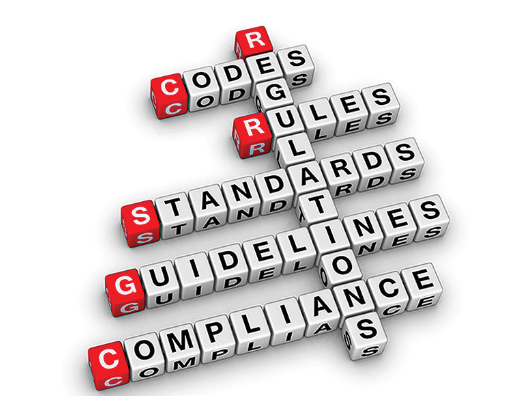
Summary of ASME B31: Code for Pressure Piping
This document is a comprehensive overview of ASME B31, a set of standards developed by the American Society of Mechanical Engineers (ASME) for the design, construction, and maintenance of pressure piping systems.
Key points:
- History: The ASME B31 committee was established in 1926, with the first code published in 1935. Several sections have been revised, combined, or superseded over time.
- Sections: B31 is divided into separate sections covering different types of piping systems, including power piping, process piping, gas transmission, refrigeration, and building services. Each section has specific requirements for materials, design, fabrication, inspection, and testing.
- Purpose: The B31 code aims to ensure the safety and reliability of pressure piping systems, preventing accidents and protecting public health.
- Benefits: Using the B31 code helps to:
- Reduce the risk of accidents and explosions.
- Improve the efficiency and reliability of piping systems.
- Ensure compliance with regulatory requirements.
- Facilitate international trade in pressure piping equipment.
Examples of specific sections:
- B31.1: Covers power piping in electric power generating stations, industrial plants, and geothermal systems.
- B31.3: Covers process piping in chemical, petroleum, and pharmaceutical plants.
- B31.4: Covers pipeline transportation systems for liquids and slurries.
- B31.8: Covers gas transmission and distribution piping systems.
- B31.9: Covers piping systems in buildings, including residential, commercial, and industrial.
Overall, ASME B31 is a critical set of standards that plays a vital role in ensuring the safe and reliable operation of pressure piping systems worldwide.
I hope this summary is helpful! Please let me know if you have any specific questions about ASME B31 or any particular section.
Table of Contents
Don’t miss the Course on Effective Isometrics Management: Check Now
Enrollment Link
Recommended courses (Published on EPCLand)
- Complete Course on Piping Engineering
- Basics of Piping Engineering
- Piping Layout Engineering
- Piping Material Engineering
- Piping Stress Analysis
- Material Requisitions
- Piping Material Specifications
- Valve Material Specifications
- Plant Design & Layouts-OISD 118
- Isometric Management
Library of Technical Articles
Don’t miss out the collection of 15+ articles on following topics:
- Basics of Oil and Gas Industry
- Valves
- Testing
- Tank
- Piping Bulk Items
- Pipe
- Metallurgy
- Piping Materials
- Layout
- Instrumentation
- Heat Exchanger
- Type of Contracts
- Codes and Standards
- ASTM Standards
- Articles on Piping Specialty Items
Video details of Complete Course on Piping Engineering
Why Enroll in the EPCLand
Proven Track Record– PTR
Activities & Achievements before launching EPCLand
- Published more than 50+ short courses
- 3000+ Enrolments
- More than 3,500,00 Minutes of watch hours in the last 2 years
- 4000+ Students in 100+ Countries
- Rating of 4+ out of 5
- 1000+ YouTube Videos
- 8K+ Subscribers
What Students will Learn
- Codes & Standards of the Energy Sector
- Piping Material Engineering
- Piping Layout Engineering
- Stress Analysis
Interesting facts
- All the published courses have been developed by Industry Experts with more than 2 decades of experience
- Content is based on Practical experience and real-time problems.
- Content is designed and organized in such a manner that it can be easily grabbed.
- Complete website, Blogs and Quiz sections are Planned, Designed and published by myself (About me: Atul Singla)
- Complete flexibility of Time & Location, Students can access the content from anywhere & anytime
- Moreover, once enrolled, the content can be access as many times as you want, which helps in understand the fundamentals in a better way.
Conclusion
In conclusion, our courses are meticulously crafted by industry experts with over two decades of hands-on experience. The content is rooted in practical knowledge, addressing real-time problems. The material is thoughtfully designed and organized for easy comprehension. Every aspect, from the website to blogs and quizzes, has been planned, designed, and executed by Atul Singla, ensuring a comprehensive and seamless learning experience. With the flexibility of accessing the content at any time and from any location, students have the freedom to learn on their terms. Furthermore, enrollment grants unlimited access, allowing learners to revisit the material as often as needed, fostering a deep understanding of the fundamentals.
